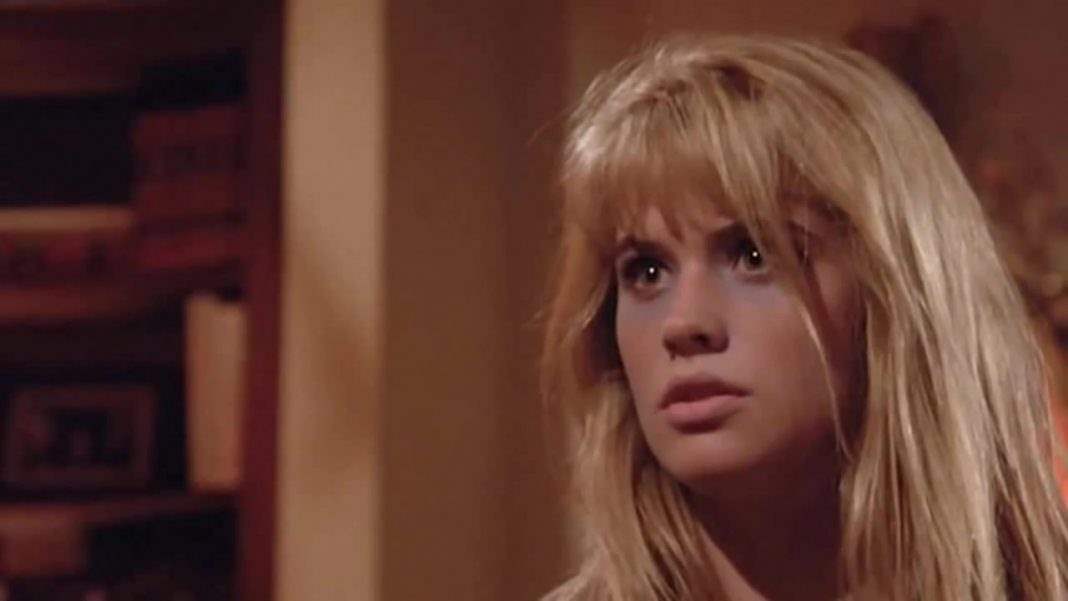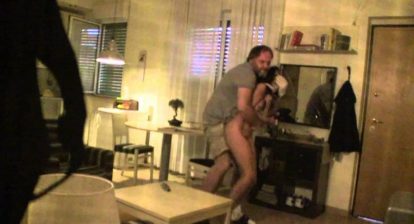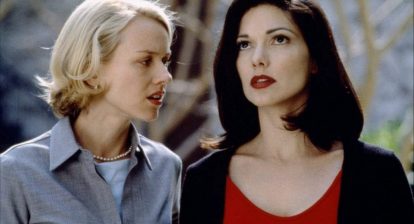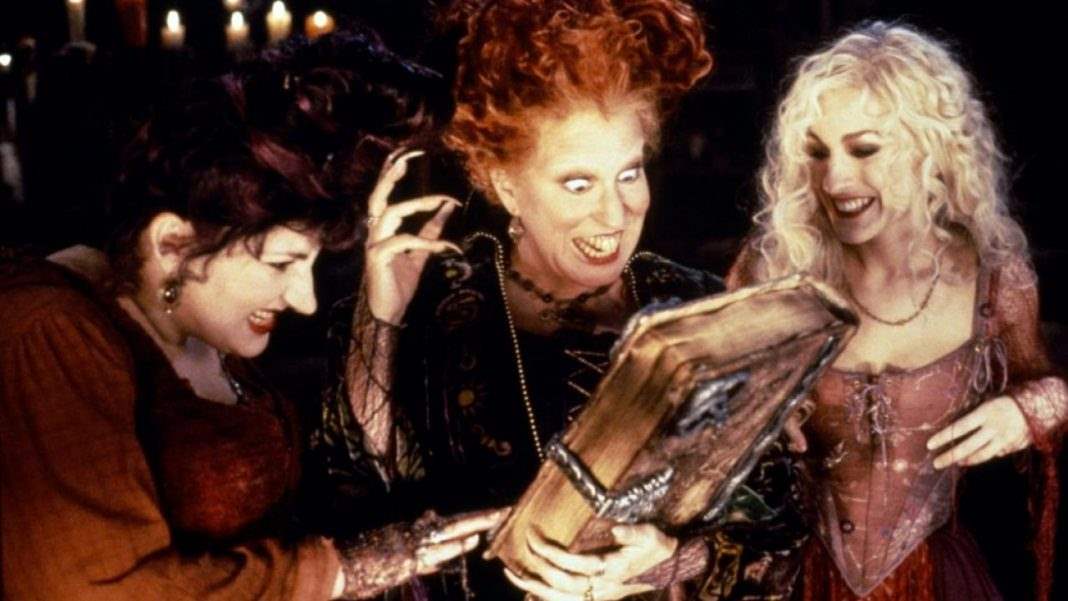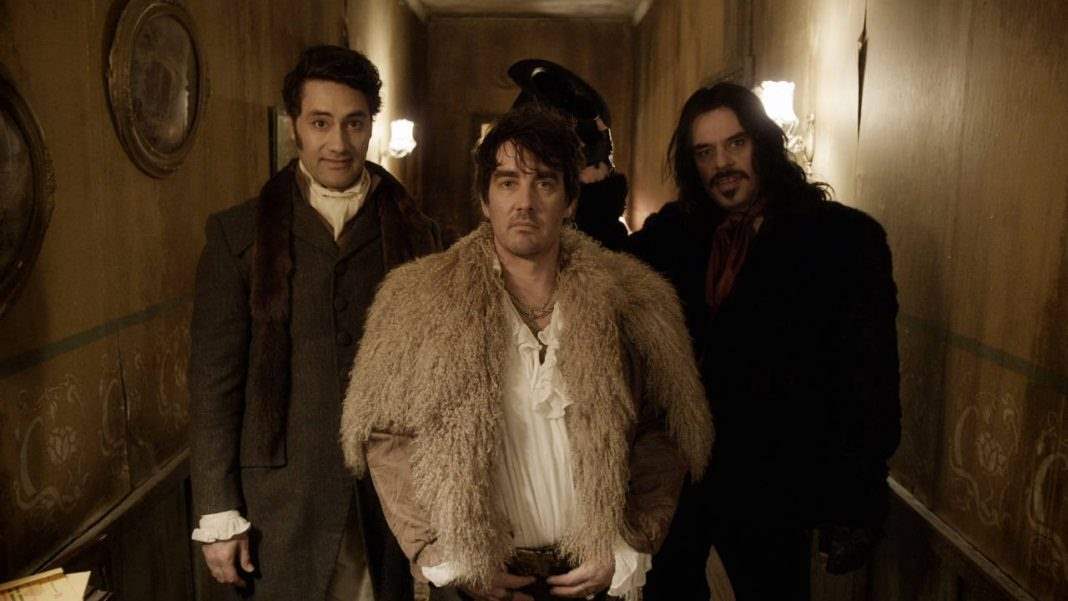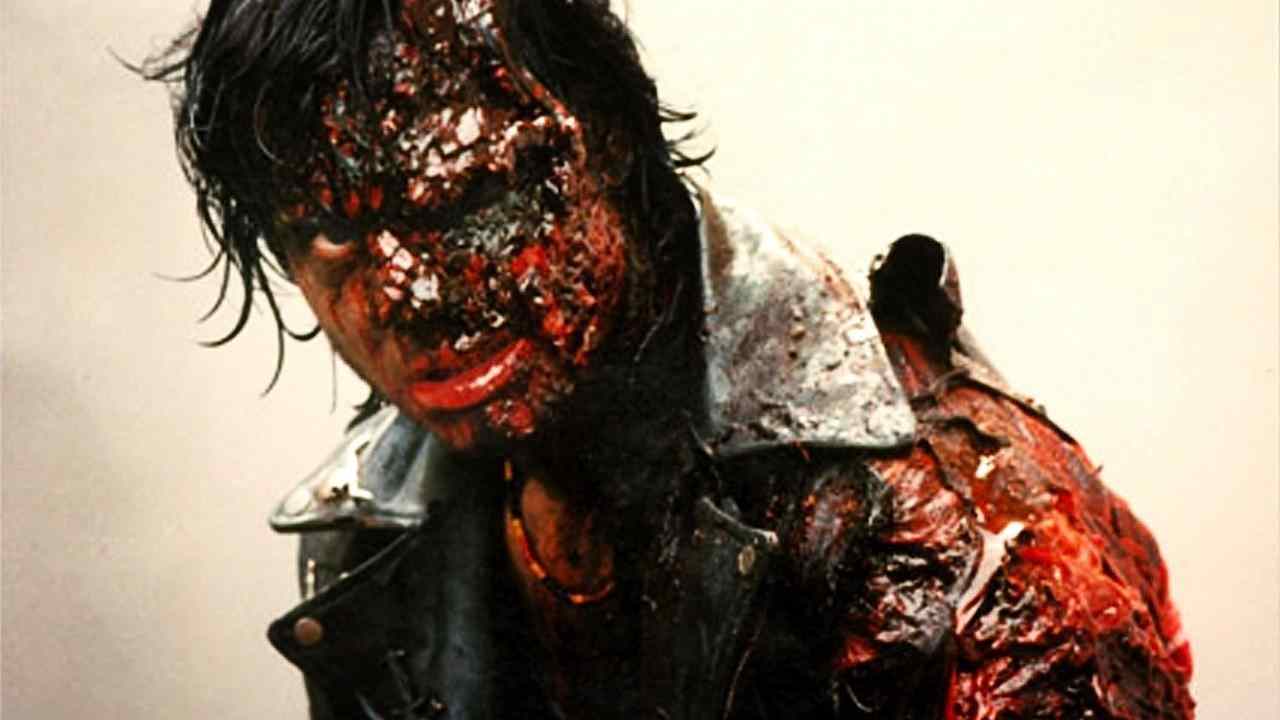Welcome to Back to the ’80s. This recurring feature aims to take a look at the good, the bad, and the ugly from horror’s most beloved decade. Regardless of which category a particular film falls under, this segment will spotlight films that horror fans can appreciate for one reason or another. We will look at how some of these flicks have stood the test of time and others have not aged quite so well. Regardless of what they look like today, these efforts from the 1980s laid the groundwork for the horror genre as we know it today.
Paul (Matthew Laborteaux) is the new kid in town. He is also a genius and has created a robot named BB. The robot is handy to have around to defend against a thief or to break into a combination lock. Paul and his single mother (Anne Twomey) have moved into town based on a scholarship he has received to attend Polytech. Upon arrival, he befriends the sensitive Tom (Michael Sharrett) and the abused Samantha (Kristy Swanson). The trio form a bond alongside their interactions with BB. A series of horrific events occur interrupting the start of romance between Paul and Samantha. Paul’s hubris and desperation leads to his attempt to save both a damaged robot and a lost friend. And there is no turning back.
Released in 1986, Wes Craven’s Deadly Friend is infamous for a series of re-shoots resulting in a completely different film than originally intended. Craven adapted the story from the novel Friend by Diana Henstell. One of the masters of horror, Craven wanted to make a film transitioning out of his usual genre.
The plan was to create a science fiction thriller leaning more on suspense and character development. The most recognizable scene from this flick involves a basketball literally smashing a head. Moments like this were not in the original cut of the film. Test screenings indicated disappointment in the lack of gore associated with a Craven feature. Re-shoots were made leading to an uneven result.

The unevenness of Deadly Friend produces a film as clever as it is clumsy. The bulk of the film has interesting ideas and works well. The added gore is at least entertaining if noticeably out of place. Then the ending is frustrating and incoherent. Craven’s use of a computerized P.O.V. is an area where the film works well. The audience is placed within the mind of BB allowing for insight into the computer’s mood. When the visual becomes pixelated and red, the viewer knows trouble is ahead.
The flick is schizophrenic with the presentation. There are strong character developments. However, an overdone graphic sequence lightens the compassion an audience has for a given character. The science fiction elements are rooted in possibility. Thirty years later there is a silliness to the 1986 approach in technology. However, contemporary audiences can believe in the potential concept with updated techniques.
Swanson’s layered delivery of Samantha is worth watching. In one of her earlier film roles, she manifests a genuinely entertaining performance as the spunky, abused, and then maniacal girl next door. The theme of Swanson featuring in movies where the result is far from the original intention would occur again in her career. The adaptation to V.C. Andrews’ Flowers in the Attic and Buffy the Vampire Slayer come to mind. In Deadly Friend, she shows vulnerability and strength. She utilizes a cheerful demeanor as a desperate mask to cover the sadness of her reality.
The reality is Samantha’s father often beats her. One scene suggests the abuse is also sexual in nature. The scene in question starts out with an implication that soon dissolves into a graphic metaphor. Samantha dreams her father has crept into her room. She stabs him with a glass vase. Blood shoots out onto her in a stream as her laughing father holds the broken vase in a phallic position.
 Swanson demonstrates the denial a victim has in an abusive relationship. Her vulnerability is heartbreaking and the character’s transformation later in the film is of one in shock. There is a physical explanation on the surface to explain her robotic movements. However, under the surface she has captured a person frozen by the abusive actions of those around her. At one point, her close and trusted friend strikes her. Swanson’s Samantha is at once ready to strike back and then able to show forgiveness.
Swanson demonstrates the denial a victim has in an abusive relationship. Her vulnerability is heartbreaking and the character’s transformation later in the film is of one in shock. There is a physical explanation on the surface to explain her robotic movements. However, under the surface she has captured a person frozen by the abusive actions of those around her. At one point, her close and trusted friend strikes her. Swanson’s Samantha is at once ready to strike back and then able to show forgiveness.
Kristy Swanson is the main draw for Deadly Friend. Leading the rest of the cast is Matthew Laborteaux as Paul. Laborteaux’s portrayal is synonymous with the Doctor Frankenstein role. He presents Paul as a generally likable guy with the intelligence and hubris needed to take dangerous chances. As the feature progresses, Laborteaux’s Paul transforms from cautious to reckless.
Michael Sharrett provides the comic relief as Tom. He comes across as a genuine teenager used to hold a mirror up to Paul’s actions. The always memorable Anne Ramsey is Elvira Parker. The character actress continues her 1980’s streak of a tough old lady out for blood. She will literally leave the audience screaming their head off.
Since the film’s release, there has always been a demand to see the original cut of Deadly Friend. Too many cooks in the kitchen can often lead to an uneven and incoherent presentation. This 1986 feature deserves a re-release showcasing the initial intent. Or at least the original ending. This flick is a clumsy mix of science fiction intelligence with goofy horror sequences. The overdone gore in the film is occasionally distracting. However, without the absurd ending, Deadly Friend does work. The updated Frankenstein story is fresh in this setting. The characters are memorable and compelling. Deadly Friend is worth a watch despite the added re-shoots. If one pretends the cringe-worthy ending is only a dream sequence.
